Any home with an HVAC system risks breeding mold inside the ductwork. Molds can be found both indoors and outdoors and are some of the irritants that every homeowner tries to get rid of. If you suspect that your air ducts could be infested with mold, you want to look out for some signs such as a musty odor, allergy-like symptoms, or visible mold around the air duct and vents.
The problem with mold accumulating inside the air ducts is that the mold spores will spread throughout your home as the air gets circulated. Here are some ways you can successfully get rid of mold in your home’s air ducts:
AC cleaning
Timely routine cleaning of your air conditioning unit will help detect mold issues in advance. If the mold concentration in the ductwork is high, you can bet that your entire home will be infested in a matter of days including your enclosed patio and garage.
If the mold is everywhere, you want to hire a licensed professional from the air vents to the ductwork. Effective cleaning of the HVAC system requires specific cleaning agents that are safe for humans and effective on tiny mold spores. You will also need to ensure that the window and central AC filters are well-cleaned, even if there are no obvious signs of mold infestation.
Mold remediation
If mold buildup in the air duct is quite advanced and AC cleaning alone won’t fix the problem, you should consider mold remediation. Unlike AC cleaning, which seeks to clear any debris and foreign materials that might cause blockage or foul smell, mold remediation is done with the sole purpose of ridding mold spores.
Before scheduling a mold remediation session, you should first opt for a professional mold inspection. This will help determine the highly infested areas and the possible causes. That way, the professionals can focus on eliminating the root cause of the problem, not just the symptoms.
Most mold remediation companies use highly effective and EPA-approved biocide to spray and disinfect all the areas in and around the HVAC system.
Use a good mold-removal agent.
When the mold buildup isn’t so intense to warrant calling in a remediation company, you can choose to go DIY. The market is full of highly effective mold killers that can help you get the job done. Some homeowners may also opt to use their preferred ingredients. Here, what’s important is to use approved components that aren’t only effective and safe for your family.
Using locally sourced ingredients, you can create a household detergent that’s effective against mold spores. These are the things you’ll need:
- Two tablespoons of your household detergent.
- One tablespoon of baking soda.
- Two cups of water.
You should have all your protective gear on before mixing all the ingredients above to create a mold-removing solution. These include thick-industrial grade gloves, special coverings, and safety goggles.
When applying the solution to the air ducts, ensure you have turned off the heating or cooling vents. Reach to all the hidden corners and scrub the spotty, mold-infested areas with a wet and rough material.
While this is the most cost-effective way to deal with mold in the air ducts, it doesn’t work in every situation. You need to be confident with your DIY skills and first do a thorough inspection to avoid the risk of oversimplification.
Use vinegar or bleach.
If the mold inside the air ducts is visible, you can effectively remove them using vinegar or bleach. Vinegar is a natural disinfectant that’s effective against mold spores. And with proper application, you can achieve great results.
However, if the ductwork is located somewhere raised where you’ll need to use a ladder, you should be extra careful. Here are some tips you can use to get rid of mold in your air duct with a vinegar solution.
- Pour the vinegar into a spray bottle and spray large amounts to the areas affected by molds. Leave the solution to settle on the surface for nearly an hour.
- Soak a pair of cloth in clean plain water and use them to rub off and remove the molds from the air duct. You can also use a scrubbing brush containing firm bristles for the spores that seem hard to get rid of.
- Use a dry cloth to absorb the moisture by pressing it against the cleaned areas. You will have to keep the windows and the heating vent open for the air ducts to dry. This will also allow the vinegar smell to go out.
Pouring vinegar into your AC drain line will discourage and kill the molds. It also prevents other types of bacteria from building up. You will have to repeat this process monthly or bi-monthly for the best results.
Get the Help You Need
Going DIY is all fun and adventurous, but you want to ensure you have the necessary skills and experience like yous should know what to feed squirrels while you are going to feed the squirrels. Similarly, you should only go DIY when the level of infestation isn’t severe. A rule of thumb is to schedule a professional mold inspection to ascertain the level of damage and the necessary cause of action.
If your air duct is heavily infested, consider working with a reputed damage restoration company that will handle all the mold remediation and AC cleaning services for you. That way, you’ll enjoy high-quality and expert services from a team of fully licensed and insured professionals.



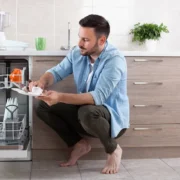
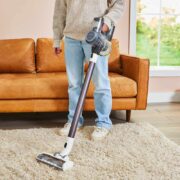
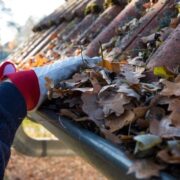
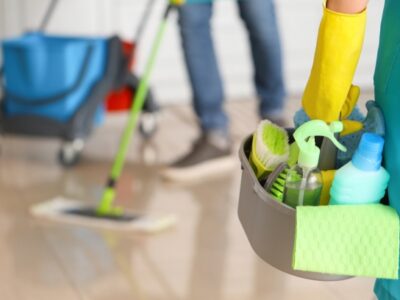
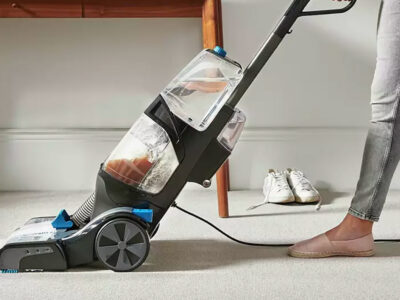


Comments